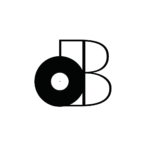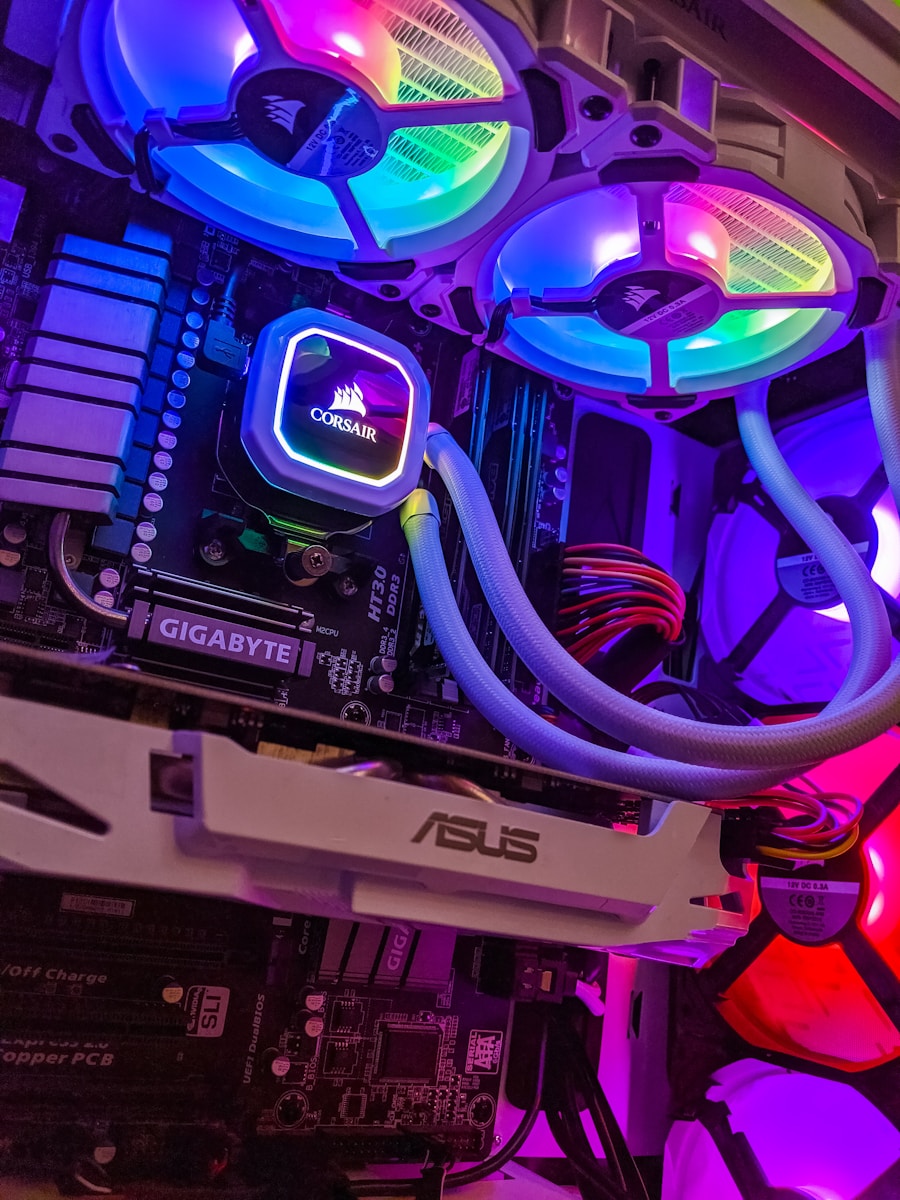The mixing consoles you’ll be reading about today are far from average… In fact, these wireless digital mixers are some of the best mixing consoles for live sound and studio recording.
I only recently found out about (and acquired) a wireless digital mixer and let me tell you, it’s a game-changer! It just seems like the word hasn’t gotten out yet.
That’s why I’ll only be focusing on wireless digital mixers today.
If you want something more traditional, there are already plenty of other articles/product reviews on the subject. If you’re not familiar with wireless digital mixing consoles and would like to know why it’s the only thing I recommend to sound engineers…
You’ll just have to keep reading!
- Why should I use a wireless digital mixer?
- Behringer X Air XR16/XR18
- Soundcraft Ui16/Ui24R
- Mackie DL16S/DL32S
- Allen & Heath Qu-SB
- Summary: 4 Best Mixing Consoles for Live Sound and Studio Recording
Why should I use a wireless digital mixer?
Alright, so you probably know about the 3 different types of mixing consoles…
- Analog
- Powered-Analog
- Digital
Well, now there’s a 4th type… Wireless Digital!
As I said, it just seems like the market for these types of mixers hasn’t taken off yet. I was surprised to only have found out about them towards the end of 2021!
That’s when I decided to purchase a second-hand Behringer X Air XR16.
I started shopping around after a livestream I was hired to work on (as the sound engineer). I only had access to a small 12-channel digital mixer and it didn’t even have onboard effects.
When it comes to livestreams, you definitely need the basics like…
- EQ
- Compression
- Reverb
- Noise Suppression
It’s true that many digital mixers have onboard DSP effects, but they’re still not as flexible as the ones you’re used to using in your DAW.
That’s where wireless digital mixers begin to bridge the gap between hardware and software.
So, how does a wireless digital mixer work anyway?
Instead of having all the controls available on the control surface (which it doesn’t have), you connect via Wi-Fi and/or Ethernet to a device (Mac, PC, iPad, iPhone, Android, etc…) and have more controls than you could ever have on a mixing console available there!
In essence, the actual wireless digital mixer is simply a patch bay.
That’s why they can usually be rack-mounted and save LOTS of space.
It’s much easier to travel with one of these + a tablet rather than transporting a huge 32-channel+ digital mixer. It also makes your workspace MUCH less cluttered.
That’s because most of the routing can be done internally (saves you on patch cables).
The internal DSP effects also eliminate the need to have any other external effects processors.
But do you know the biggest advantage of wireless digital mixers?
You (and your team) can mix from literally ANYWHERE in the space while the mixing console itself stays in the same place. That’s great for live venues!
It’s also possible to store presets for an entire session in the software!
So, that’s essentially why I’m all-in when it comes to wireless digital mixers. If you’re not convinced yet, maybe reading about some of these devices will change your mind!
Behringer X Air XR16/XR18
Think that Behringer makes “cheap” products? THINK AGAIN!!
I won’t get into that now, but the Behringer X Air-series (made in Germany) provides some of the best mixing consoles on this list.
The only real issue… Some models have been discontinued and can mostly only be purchased used.
That’s how I got my hands on the XR16!
However, I definitely recommend the Behringer XR18 (NOT discontinued) if you’ve got the budget. The advantage of the XR18 (besides the additional inputs) is that it can also be used as an audio interface.
The XR16 can only record the stereo mix to a USB key.
If you want a better comparison of the XR16/XR18, check out this table…
| Behringer XR16 | Behringer XR18 | |
| # of XLR/TRS Combo Inputs | 8 | 16 (2x HI-Z) |
| # of Line Inputs | 8 (2x HI-Z) | 2 |
| # of AUX Sends | 4 | 6 |
| USB Audio Interface | NO | YES (18-channel) |
For the most part though, every mixing console in the X Air-series has the same features. I personally recommend the XR16 or XR18 because I think it’s the perfect middle-ground.
I also really like that Behringer has included a few HI-Z (high-impedance) inputs.
That also saves you the need of bringing a bunch of DI boxes!
In regards to DSP effects, I think it’s got so much to work with that it can become overwhelming (in a good way)!
The X Air software is incredibly well-designed and the technology is state of the art.
Just keep in mind that you will need to become familiar with it. HERE’S a great tutorial if you want to get an idea of what you’re signing up for.
Other than that, most users recommend getting an external router for larger venues.
It’s pretty amazing that the X Air-series includes internal Wi-Fi, but it’s not going to be strong enough for larger venues. Interference can also become an issue.
Keep those things in mind and you’ll be ready to rock! Moving on…
Soundcraft Ui16/Ui24R
If you’re looking for something more affordable and recent, then check out the Soundcraft Ui16. The Ui24R is also a great option if you need more inputs and functionality!
Personally, I’m thinking of trading in my Behringer XR16 for one of these.
The Ui16 is very similar to the XR16, but it has some significant improvements…
| Soundcraft Ui16 | Behringer XR16 | |
| # of XLR/TRS Combo Inputs | 8 | 8 |
| # of XLR-only Inputs | 4 | 0 |
| # of Line Inputs | 0 | 8 (2x HI-Z) |
| # of AUX Sends | 4 | 4 |
| # of Headphone Outputs | 2 | 1 |
| USB Recording/Playback | YES | YES |
| USB Audio Interface | NO | NO |
Here’s another table if you want to compare the Ui16 with the Ui24R…
| Soundcraft Ui16 | Soundcraft Ui24R | |
| # of XLR/TRS Combo Inputs | 8 | 10 |
| # of XLR-only Inputs | 4 | 10 |
| # of Line Inputs | 0 | 2 (stereo) |
| # of AUX Sends | 4 | 8 |
| # of Headphone Outputs | 2 | 2 |
| USB Recording/Playback | YES | YES |
| USB Audio Interface | NO | YES |
One of the main advantages of the Soundcraft Ui-series is the software. Notably, the Digitech amp modelling is a must-have if you’ll be working with electric guitar and bass.
Not having to haul around a bunch of amplifiers can really make hitting the road easier for your band! The Lexicon FX also saves lots of space without compromising sound quality.
The Ui-series also allows you to program automations, much like a DAW.
Much like the Behringer XR16/XR18, the Ui16 can only record a stereo mix to a USB key while the Ui24R can also be used as a 24-channel audio interface.
That’s something important worth considering if you need that kind of functionality!
The Ui24R also has the ability to cascade another Ui24R (for a total of 48-channels) using Ethernet.
That being said, I think the Ui16 should be more than enough for most projects.
However, the Soundcraft Ui24R can power your entire recording studio and live rig as the ultimate all-in-one solution. It might be worth the price if you need an audio interface with lots of inputs too!
Mackie DL16S/DL32S
When it comes to rugged design, Mackie is definitely your go-to!
The Mackie DL16S/DL32S are equipped with the same high-quality Onyx preamps as the affordable Onyx USB audio interfaces.
And guess what…
Both of these wireless digital mixers have the ability to serve as 16-channel/32-channel audio interfaces as well (respectively)!
They’re around the same price range as the Behringer XR16/XR18, but that’s a big reason to go with the DL16S/DL32S instead.
They’re identical when it comes to software, but here are some differences worth taking note of…
| Mackie DL16S | Mackie DL32S | |
| # of XLR/TRS Combo Inputs | 8 | 16 |
| # of XLR-only Inputs | 8 | 16 |
| # of AUX Sends | 8 | 10 |
The only downside is that there aren’t as many DSP effects as the Behringer X Air-series and Soundcraft Ui-series. However, you’ll have access to the essentials like EQ, compression, etc…
The Master Fader software is really well-designed though!
It actually allows you to work with 20 wireless devices simultaneously. That might seem a bit excessive, but it might come in handy for really large venues and projects.
That being said, I think the Mackie DL-series is much more suited for studio recording.
It’s definitely built like a tank, but you’ll need much more outboard gear (or plugins) to make it do what the other wireless digital mixers we’ve looked at can in a live setting.
The fact that they’re also USB audio interfaces makes that possible though!
Just remember that you’ll need a powerful computer to run 3rd party plugins with as little latency as possible live.
Allen & Heath Qu-SB
When it comes to aesthetic appeal, the Allen & Heath Qu-SB definitely wins!
Just get ready to pay the price (it’s the most expensive mixer on this list).
That being said, the Qu-SB has definitely got some pretty impressive features!
It might only have 16 inputs (+ 1 stereo input), but you can actually expand it to 32 inputs using a dSNAKE AudioRack to take full advantage of the 32-channel audio interfacing capabilities.
Essentially, the Qu-SB is both a wireless digital mixer and a USB audio interface.
It’s also possible to record directly onto an external drive (18-channels, not just a stereo mix).
What’s unique about the Qu-SB is that it’s got 3 different software companion apps…
- Qu-Pad (for tablets)
- Qu-You (for smartphones)
- Qu-Control (simplified controls)
Instead of having everything in one app, Allen & Heath gives users a specific UI depending on the type of device they’ll be working with.
It makes it more interesting to have both a tablet AND a smartphone with different controls.
The FX engine is also pretty impressive, but it doesn’t include amp modelling like the Soundcraft Ui-series.
However, it does have a pretty neat feature called Automatic Mic Mixer (AMM) which essentially automatically controls the volume of microphones in an interview/podcast setting.
The Behringer X Air-series also has a similar feature. It really comes in handy!
Lastly, I think one of the most interesting benefits of owning a Qu-SB is the ProFactory Presets which are essentially presets you can load onto the mixer that have been created by world-renowned engineers.
They’re specifically catered to different applications such as vocals, drums, guitar, etc…
Summary: 4 Best Mixing Consoles for Live Sound and Studio Recording
So, there you have it! Which one of these wireless digital mixers do you like most?
Did I manage to convince you that wireless digital mixers are the way of the future? Let me know in the comments!
Of course, I’m not saying that analog mixers don’t have their advantages.
It’s also nice to have everything right there in front of you, but if you’re going to go digital… There’s really no excuse not to go wireless as well!
If you really want the best software though, I’d go with the Soundcraft Ui-series.
The Behringer X Air-series does have some notable advantages (especially the XR18), but I’d only get one second-hand.
If you want the most luxurious option, then Allen & Heath is the way to go!
Have any questions? Feel free to ask those as well!
Sources
https://www.behringer.com/product.html?modelCode=P0BI7
https://www.behringer.com/product.html?modelCode=P0BI8
https://www.soundcraft.com/en/products/ui16
https://www.soundcraft.com/en/products/ui24r
https://mackie.com/products/dl32s-dl16s-wireless-digital-mixers








